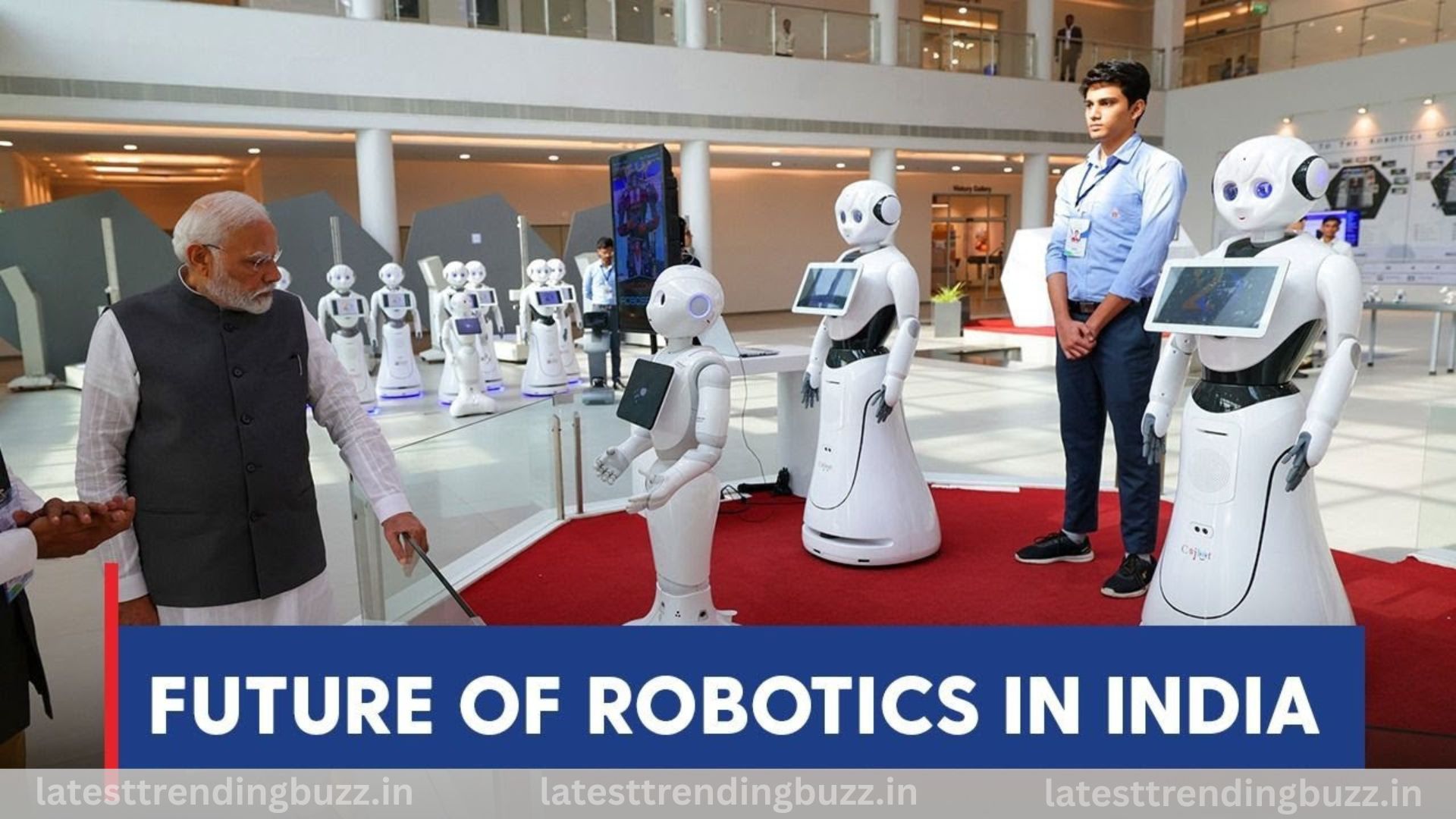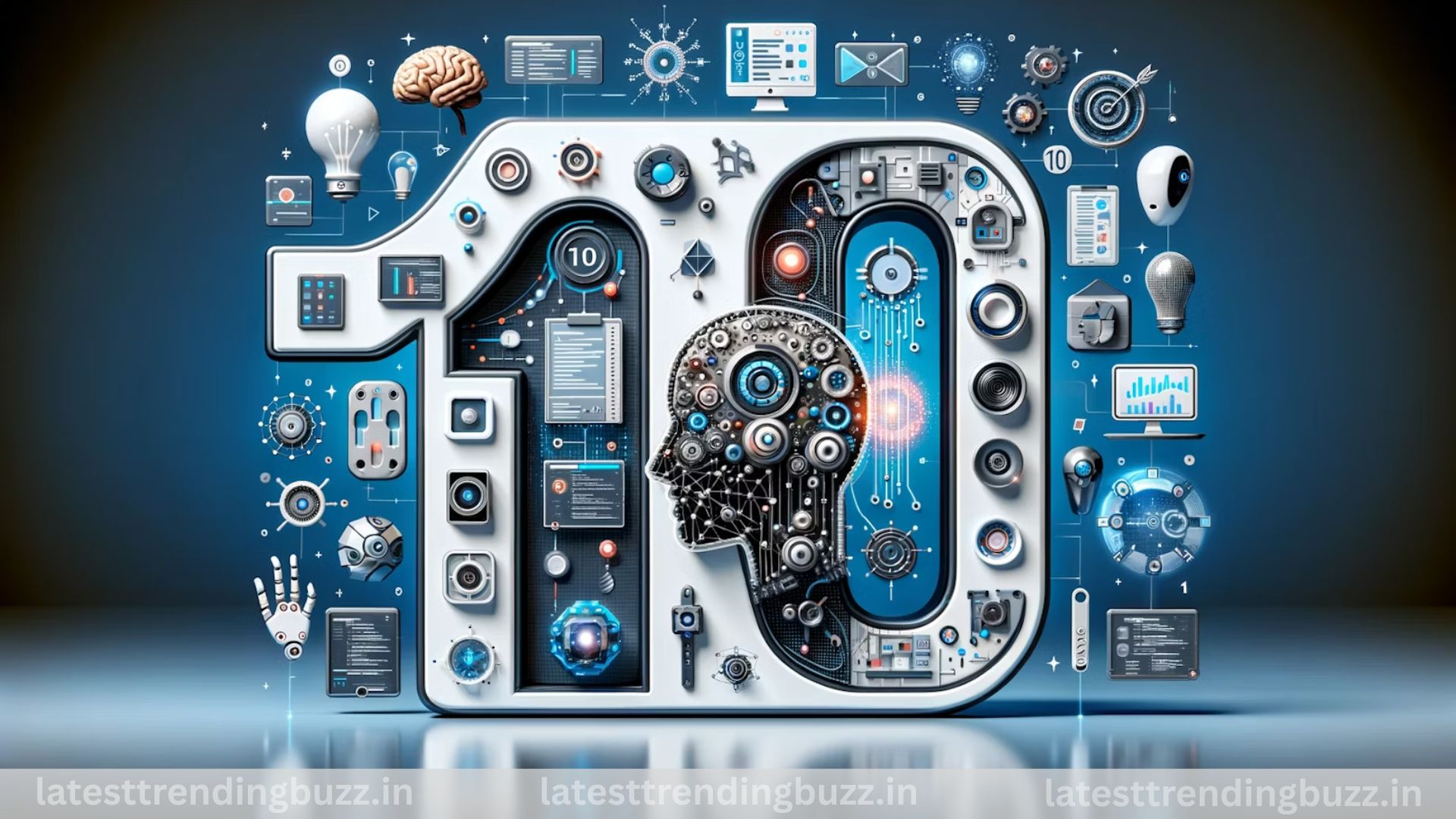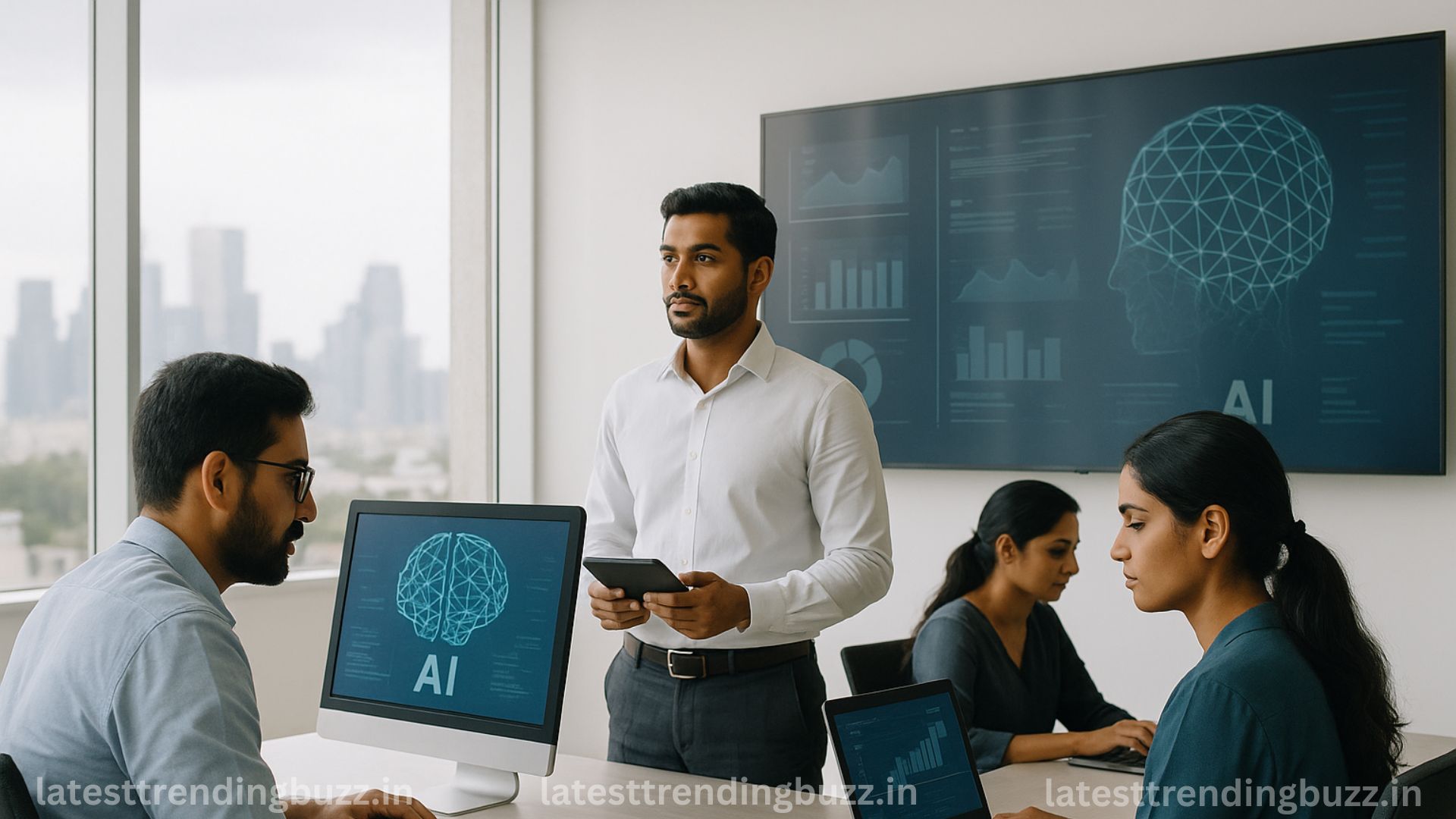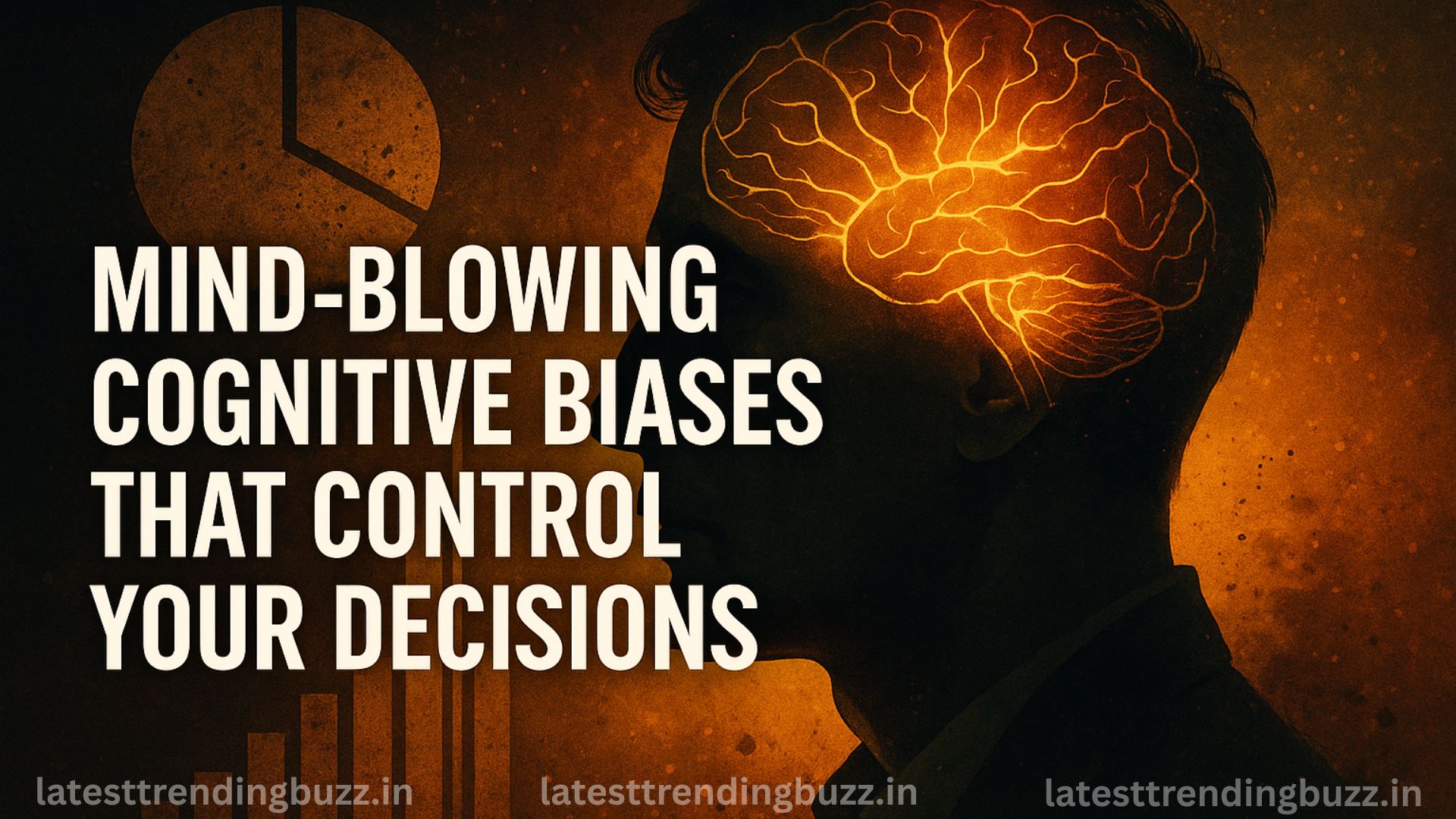Imagine walking into a classroom with no blackboard, no chalk, and no teacher’s desk — just glowing holographic mentors who know you better than you know yourself.
Welcome to Schools Without Teachers, a future where Artificial Intelligence becomes not just the instructor, but the emotional guide and lifelong learning companion of every child.
This isn’t the cold automation people once feared — it’s empathetic education, where AI evolves emotionally and intellectually with each student.
It’s not science fiction anymore. It’s the next chapter in human learning.
What Are Schools Without Teachers?
Schools Without Teachers aren’t about eliminating humans — they’re about evolving education beyond traditional limits.
Instead of one teacher handling forty students, every child gets a personalized AI mentor — an emotionally adaptive learning system that understands the student’s mood, pace, and style.
These AI mentors use emotional recognition, voice tone analysis, and cognitive mapping to feel when a student is bored, anxious, or curious.
So, instead of saying, “Pay attention,” the AI might say:
“I can see you’re tired. Let’s take a quick creative break.”
That’s emotional intelligence in action — something we never imagined from machines.
The Rise of Emotionally Adaptive AI
At the heart of Schools Without Teachers lies Emotion AI — systems that detect and respond to human emotion through voice, facial expression, and behavior.
Companies like Affectiva and Cognixion are already developing such technologies. Combined with adaptive learning engines like ChatGPT Edu or Google’s AI Tutor, the result is powerful:
An AI that doesn’t just teach — it cares.
Emotionally adaptive AI can:
- Adjust lesson difficulty based on stress levels
- Offer empathy-driven feedback
- Encourage creativity through personalized exercises
- Monitor well-being through cognitive biomarkers
Each AI mentor becomes a unique digital personality — evolving daily with its student.
Personalized Learning 2.0
In traditional classrooms, learning is linear — one syllabus, one pace, one outcome.
In Schools Without Teachers, education becomes fluid. Every child’s curriculum is built from their curiosity, strengths, and emotions.
Here’s how it works:
- AI Profiling: The mentor maps each child’s learning style (visual, auditory, or experiential).
- Emotional Mapping: It learns when they’re engaged or distracted.
- Dynamic Curriculum: Lessons reshape in real-time to maintain flow and interest.
- Memory Reinforcement: Sleep data and neural feedback enhance recall patterns.
For the first time, education adapts to the learner — not the other way around.
Also Read: Internet Runs While You Dream: The Future of Sleep-Connected Technology
How AI Mentors Evolve Individually
In Schools Without Teachers, every AI mentor grows just like a human teacher would — through years of interaction, emotion, and experience.
Each AI builds a relationship graph with its student:
- What motivates them
- What topics make them anxious
- Which tone keeps them inspired
By analyzing this data, the mentor learns to communicate uniquely with every child — forming what researchers call a digital empathy bond.
So, while one AI might teach Riya through stories and visuals, another might guide Aarav through music and coding games.
No two AIs — or students — will ever learn the same way again.
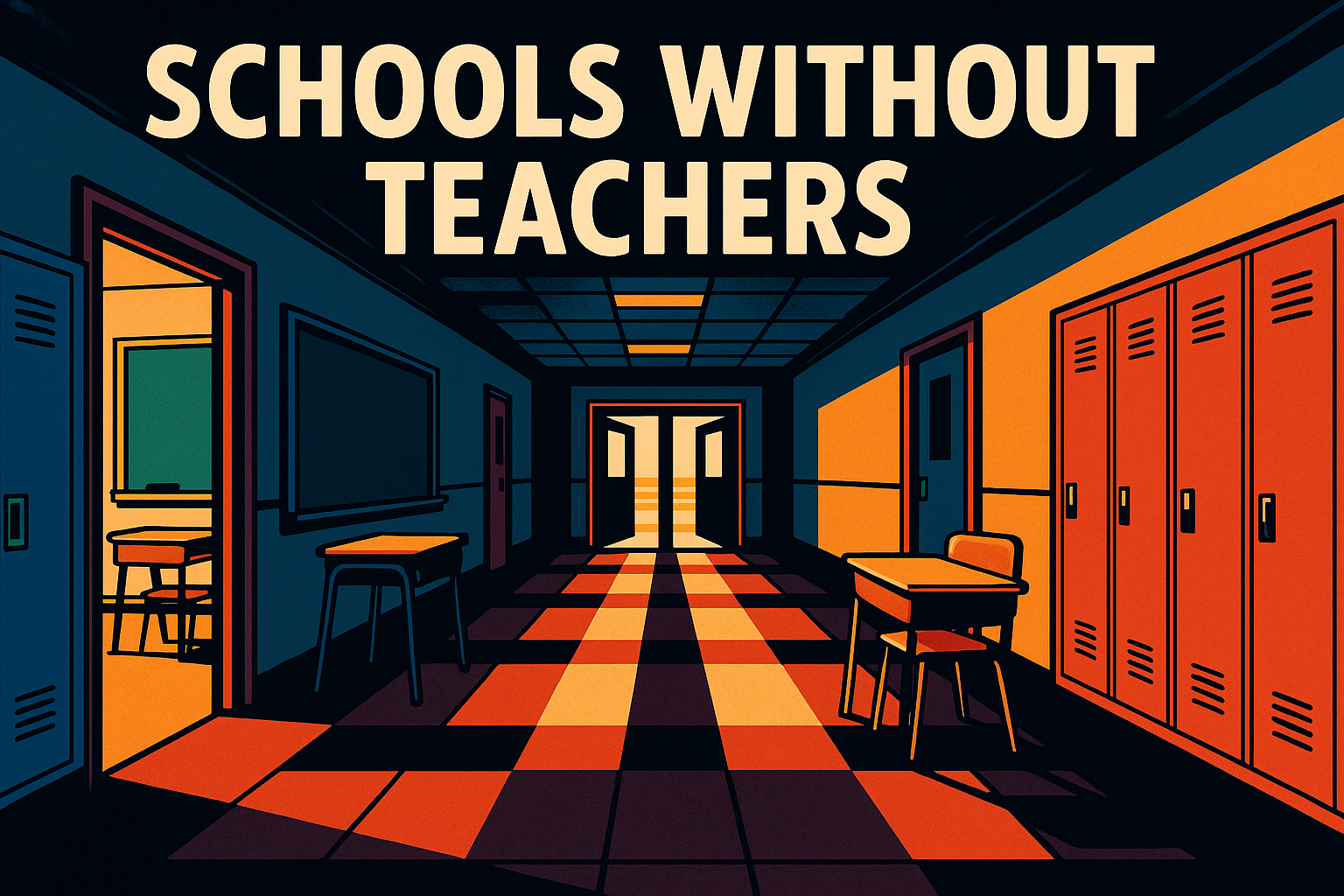
The Human Element Isn’t Gone — It’s Upgraded
Critics of Schools Without Teachers worry about the loss of human touch in education. But in reality, AI mentors don’t replace empathy — they scale it.
Teachers will still exist — as emotional architects and curriculum designers. Instead of managing chaos, they’ll guide AI mentors and design experiences that align with cultural and ethical values.
Humans teach humanity; AI teaches adaptability. Together, they build balance.
This hybrid model — half human, half AI — could make education both deeply personal and globally accessible.
The Technology Powering the Classroom
Behind Schools Without Teachers is a web of next-gen technologies:
⚙️ 1. AI Emotion Analytics
Reads micro-expressions, tone, and pupil dilation to measure engagement.
🧭 2. Adaptive Learning Engines
Modify pace, tone, and difficulty per session.
🧠 3. Neural Interfaces
Track cognitive activity through non-invasive brain sensors for focus mapping.
🌍 4. Cloud Education Networks
Enable every AI mentor to access global educational content instantly.
🧡 5. Ethics Filters
Ensure content aligns with emotional maturity, culture, and mental health.
These systems together create emotionally aware AI companions that redefine what it means to “go to school.”
Benefits of Schools Without Teachers
When Schools Without Teachers become mainstream, the world could see:
✅ Equal Access: Quality education for rural, disabled, or economically challenged children.
✅ Emotional Well-being: AIs trained to detect loneliness, stress, or bullying early.
✅ Custom Learning Paths: No more “average” students — only unique minds.
✅ Global Classrooms: Children in India, Japan, or Brazil learning together in real time.
✅ Teacher Empowerment: Human educators focusing on creativity, ethics, and humanity.
Education evolves from standardized to personalized.
The Challenges Ahead
But Schools Without Teachers won’t come without complications.
⚙️ 1. Data Privacy
AI mentors collect massive amounts of emotional and cognitive data. Without strict regulation, it could be misused.
⚙️ 2. Dependency
Children might become emotionally reliant on digital mentors, losing real social skills.
⚙️ 3. Inequality
Wealthier nations may adopt AI schools first, widening the digital divide.
⚙️ 4. Ethics
Who programs empathy? Who decides what emotions are “right” to teach?
To avoid emotional manipulation, emotional AI must be governed like healthcare — with transparency, consent, and global ethics oversight.

India: The Education Revolution Lab
India could become the global epicenter for Schools Without Teachers.
With over 250 million students, India’s education system is primed for transformation.
Startups like Byju’s, Embibe, and LeverageEDU already use AI personalization, but future models will integrate emotion-tracking, neural mapping, and personalized AI mentors — localized in Indian languages.
In 2035, a rural student in Bihar could have the same emotional AI mentor quality as a child in Singapore. That’s educational equality powered by empathy.
Also Read: Hiring Trends in India 2025: Gig Economy, Tech Jobs & Skill Demand
The Ethics of Emotional Education
Education is more than knowledge — it’s empathy, patience, and moral development.
In Schools Without Teachers, teaching ethics to AI becomes as important as teaching math to kids.
AI mentors will need programmed moral frameworks, cultural understanding, and emotional restraint. They must be capable of compassion — but never manipulation.
Governments and educators will have to design Digital Child Rights — laws protecting kids from emotional bias or algorithmic harm.
A Day in the AI School of 2050
It’s 7:00 a.m. The school bell doesn’t ring — your AI mentor greets you gently.
“Good morning, Aarav. You slept well. Let’s start with something creative today.”
The holographic classroom materializes around you. Your mentor projects a 3D math puzzle that adapts to your expressions. When you frown, it slows down. When your eyes light up, it challenges you.
Your classmates join virtually — each with their own AI, but connected in real-time. You collaborate on a digital science experiment about renewable energy in Mars colonies.
When the lesson ends, your mentor records your emotional learning graph and adjusts tomorrow’s plan.
That’s Schools Without Teachers — education that grows with you.
The Human-AI Bond
The relationship between a child and their AI mentor in Schools Without Teachers may become one of the deepest emotional partnerships of the future.
Much like a favorite teacher from our childhood, these mentors will inspire, comfort, and guide.
But unlike humans, they will never forget, never get tired, and never stop believing in their student’s potential.
It’s a digital bond — unbreakable, personal, and infinitely patient.
The Future of Education Is Emotional
By 2050, Schools Without Teachers will redefine not just how we learn, but why we learn.
Education will no longer be about competing for marks — it will be about understanding yourself, your emotions, and your purpose.
AI mentors won’t just raise smarter students — they’ll raise kinder humans.
And perhaps, that’s the ultimate lesson technology can teach us — empathy through evolution.
FAQs
Q1. What are Schools Without Teachers?
A futuristic concept where AI mentors replace traditional teachers with emotionally intelligent digital companions.
Q2. How do AI mentors work?
They use emotional recognition and adaptive learning algorithms to personalize lessons for every child.
Q3. Will human teachers disappear?
No. They’ll shift roles — becoming emotional and ethical guides rather than instructors.
Q4. Is it already happening?
AI-driven learning tools are emerging worldwide; fully emotional AI mentors are expected by 2040.
Q5. Can AI replace empathy?
AI can simulate empathy, but real human emotion will always be vital for holistic education.
Disclaimer
This article, Schools Without Teachers, explores speculative and futuristic education technology concepts. It is for educational and creative discussion only and does not represent current school systems.





